Different Types of Chinese Dumplings
An important element of Chinese cuisine are dumplings. Meat and vegetable-filled parcels of dough that may be steamed, boiled or fried. Dumplings in China have a strong cultural significance, and the shape of the round dumplings is representative of gold ingots sought to symbolise wealth and hence prepared for ceremonial occasions or festivals. Crescent-shaped dumplings are believed by some to symbolise the Chinese scythe.
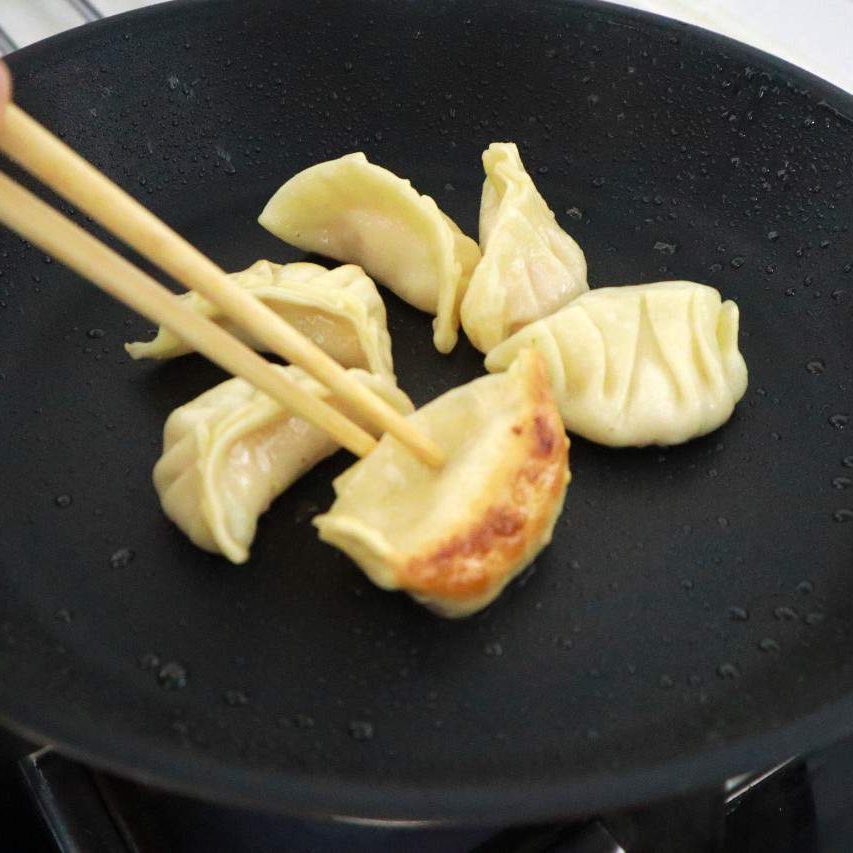
The all-encompassing term for dumplings in China is jiaozi, with different variations in the way they are cooked and depending on the ingredients used. Here, it is important to mention the jiaozi-baozi debate. While similar in the construction of having an outer dough covering and a filling (stuffing), the difference lies primarily in the type of dough used. The jiaozi is prepared with simple dough made from fine wheat flour and water that is then rolled into thin discs. The baozi is more like a bread bun wherein the dough is prepared with yeast and hence is usually thicker and fluffier.
Chinese dumplings are so flavourful and succulent that one can never have enough of them!
Boiled or steamed jiaozi
Boiled, steamed, or pan fried dumplings are similar in their initial preparation and filling ingredients but vary according to the method of cooking. The filling for these dumplings is usually minced pork mixed with finely chopped vegetables like cabbage and scallions and flavoured with soy sauce, sesame oil, and oyster sauce. The ‘dumpling wrapper’ is kneaded soft dough prepared with plain wheat flour and water. The steamed dumplings are eaten hot off the steamer and dipped in chilli oil or a combination of soy sauce and vinegar, depending upon individual palates. The dumplings can also be boiled and eaten two ways – with dipping sauces or boiled in water or stock and consumed as a soup. For the latter, a garnishing of Chinese coriander, scallions, or thinly sliced egg omelette may be added as well.

Pot Stickers
Goutie or potstickers, as the name itself suggests, are dumplings that tend to stick to the pan when cooked and thus get crispy and brown on one side. These dumplings are usually crescent-shaped and are cooked in a hot frying pan with a little oil. After a few minutes, some water mixed with starch is sprinkled over them and a lid is placed. The dumplings are allowed to steam for a while so that the meat inside is well-cooked. Although traditionally the dough is made from plain flour, variations of coloured dumpling dough exist such as green skins with the addition of scallions or spinach and red skins with the addition of beetroot.

Xiaolongbao
The name literally translates into ‘small basket bun,’ a name that probably stems from its round shape, akin to a bun (bao), and being cooked and served in bamboo steamer baskets. Even though the name consists of the term ‘bao’ (bun), the xiaolongbao is commonly referred to as a soup dumpling. It is not a dumpling inside a soup but the other way around- it has a soupy filling inside. But how can a soupy liquid filling be wrapped inside dough? The trick here is to use aspic (a meat jelly) that uses gelatine and meat broth. Small pieces of the jelly are placed inside the dumplings that melt when cooked at high temperatures, transforming the jelly into soup. Although the traditional recipe uses minced pork meat, variations abound with chicken, shrimp, crabmeat and crab roe. Served with slivers of finely grated ginger and soy sauce, xiaolongbao has a distinct delicate flavour. There is, of course, an art to eating the xiaolongbao to ensure that the soup doesn’t drip down your shirt. Place the xiaolongbao on a soup spoon and bite a small hole in the dumpling to release the soup onto the spoon, and then eat the dumpling and slurp up the soup!
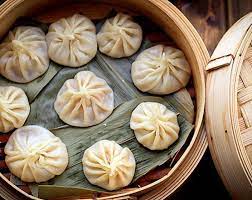
Wontons
Like the regular steamed or boiled dumplings, wontons are usually shaped differently using a square dumpling wrapper rather than a round one. They have similar fillings to other dumplings and are often prepared in soups or deep-fried into a crispy snack.
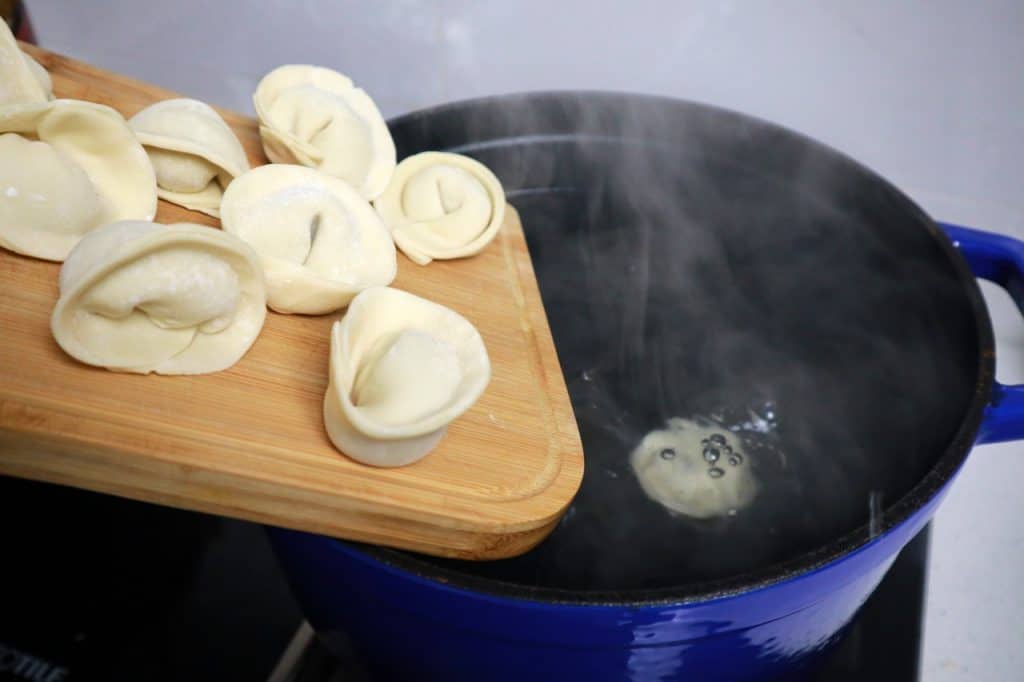
Har Gow
These shrimp dumplings are traditional Cantonese and named Xia jiao. They are cooked with bamboo shoots and ginger, and the dumpling wrapper is made from tapioca flour lending it a different taste, texture and translucent appearance.
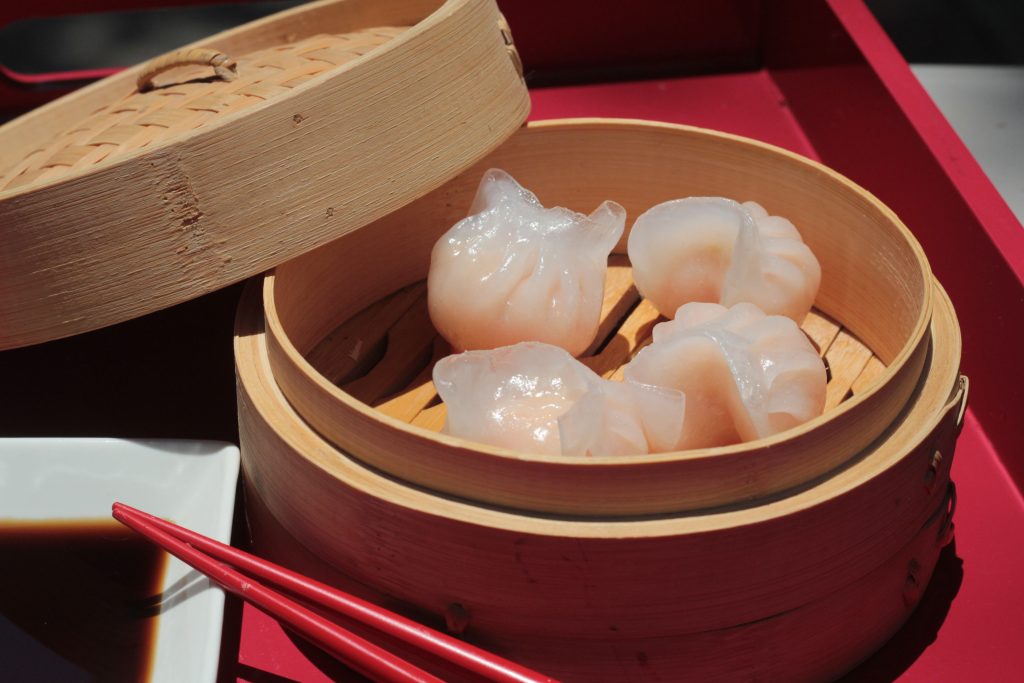
Shu Mai (Siu Mai)
Belonging to the Cantonese region, shu mai is prepared with long cylindrical wrappers and is open on top. Filled with a mix of ground shrimp, meat and mushrooms, it is topped with fish eggs and shredded carrots. As the ingredients are so varied, shu mai is either steamed or fried and often eaten without any dipping sauces.

Sheng Jian Bao
This dumpling is typical of Shanghai and especially prepared for breakfast. It is a combination of the xiaolongbao and baozi typically filled with pork and gelatine that melts into soup/liquid when cooked. The outside is very crispy and slightly caramelised, and once opened, very fragrant and delicious.
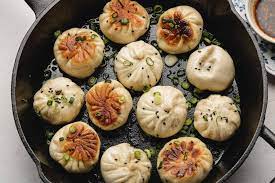
pleasurable articles
thanks a lot.